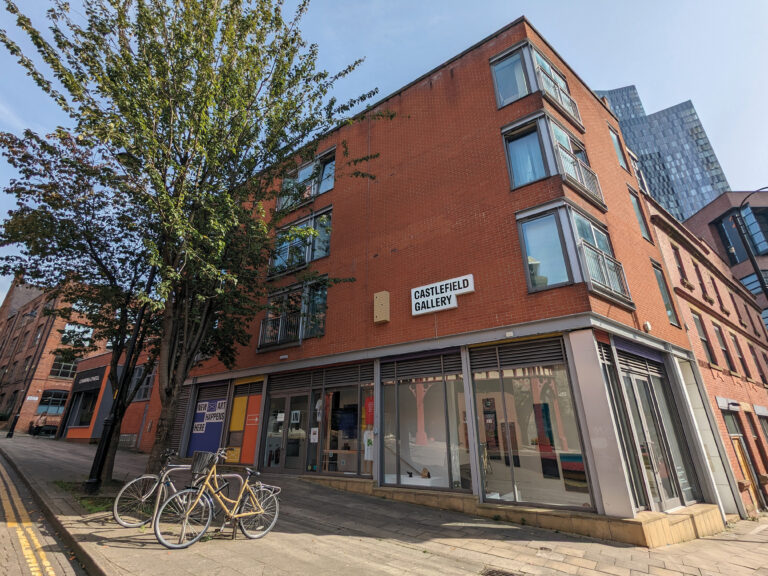
Next year, Castlefield Gallery will celebrate its 40th anniversary and is looking to its past in order to think about the present, and what the future might hold, writes Matthew Pendergast, its Curator and Deputy Director.


HOME’s ¡Viva! Spanish and Latin American Festival turns thirty this year. A reliable, outstanding highlight in Manchester’s cinematic calendar, the film festival has been drawing committed audiences of film buffs, Spanish speakers, language learners, and culturally curious crowds since 1995.
Ahead of ¡Viva!’s 30th edition this April, Tom Grieve takes a look at what makes audiences return year after year, how it has evolved since its inception, and what the future holds for the festival.
Of course, Manchester itself has changed drastically over the course of the festival’s run – you only have to glance at the city’s skyline to see that. ¡Viva! has moved with the times too. Significantly, in the mid-2000s, its remit was expanded from just Spanish film to include the exciting new movies that were coming out of Spanish-speaking Latin America. In 2015, it physically moved up the road from the closing Cornerhouse on Oxford Road to its current location at First Street’s HOME. The format has changed as well, with an intense ten-day event relaxed to a more leisurely three-week structure that avoids clashes in the schedule.
The basics haven’t changed too much though. Each year audiences can expect a huge spread of films sourced from across Spain and Latin America. The selection are films that don’t make it onto the regular independent cinema circuit, with an emphasis on UK premieres, often accompanied by visits from the filmmakers themselves. The atmosphere meanwhile is international, inclusive and celebratory; boosted by a selection of additional shows, parties and community-minded events engineered to bring people together.
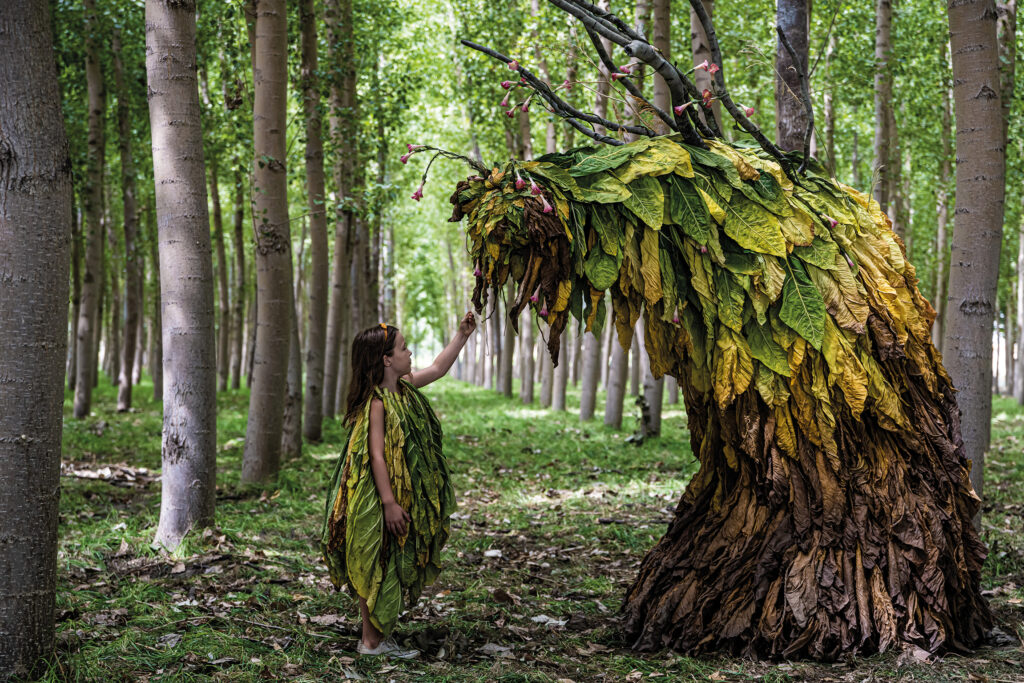
The current long-standing programming team consists of Rachel Hayward, HOME’s Head of Film Strategy, Jessie Gibbs, ¡Viva! Festival Coordinator, plus the University of Salford’s Andy Willis who is HOME’s Senior Visiting Curator: Film. They’re supported by Manchester’s Instituto Cervantes, who are festival friends and partners who provide support, translation assistance and some staffing for supplementary events such as Cafe Cervantes, an informal Spanish language chat that encourages audiences to discuss all
things ¡Viva!
In an effort to understand ¡Viva!’s place in Manchester’s cultural landscape, I sat down with Hayward and Gibbs to discuss just what goes into producing a festival that can keep its audience engaged for so many years. Having worked on the festival in different ways since 2005, they are well placed to take us through the highlights, challenges and behind-the-scenes antics that have shaped ¡Viva! into its current form.
To start, what makes a ¡Viva! film? Haywood tells us that they can be split into three broad categories. Firstly, there’s loud, celebratory films which give us a flavour of what is mainstream in their country of origin. These are often big comedies or slick genre films with a fun, audience-friendly vibe. Secondly, there’s the more politically, socially or historically engaged work which might highlight issues of local or national importance – these are more akin to some of HOME’s regular cinema programme.
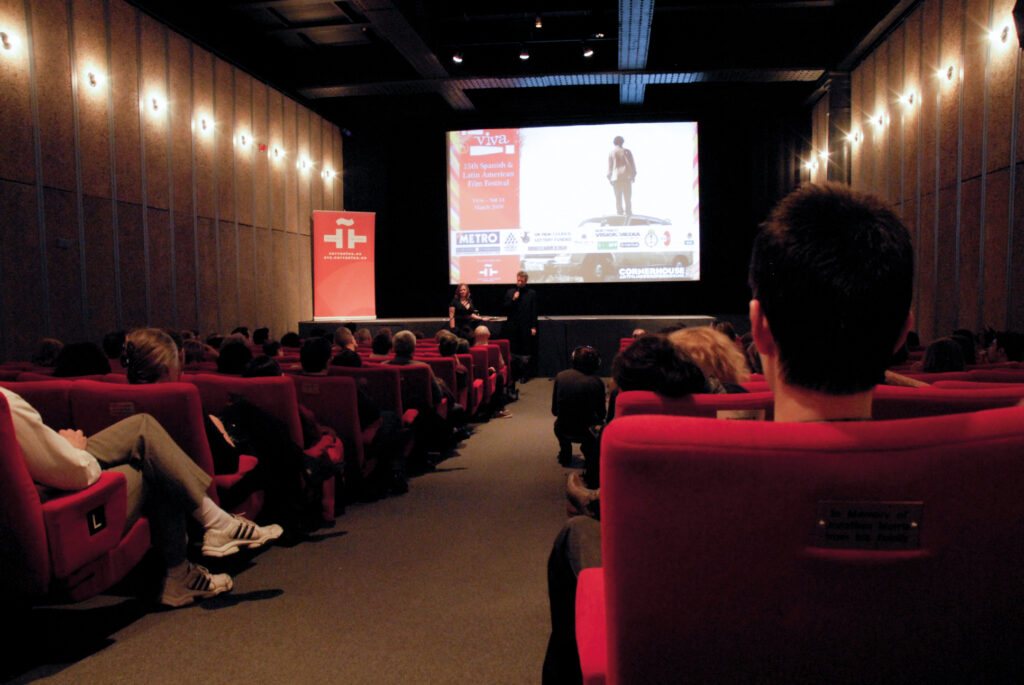
Then, there’s a more slippery category of films, which Hayward describes as “madcap, oddball things, where you see them and think, that’s perfect for ¡Viva!”. The classic examples are the films of Spanish director Álex de la Iglesia, a perennial ¡Viva! favourite who the festival has championed from very early on. With titles such as The Day of the Beast and Witching & Bitching, the cult director is known for combining elements of horror, science fiction and comedy into bizarre, beloved concoctions that are entirely his own. A good part of what keeps the festival fresh and forward-looking is an emphasis on championing early-career filmmakers.
This takes work.
The titles on show at ¡Viva! are picked up from around the globe, with staff travelling to the likes of Cannes, Toronto, Berlin and San Sebastian, searching the film festivals for treasures that have eluded the UK’s regular film distributors. There’s no open call for submissions, but after thirty years, there is a network of producers, filmmakers and their friends who have had happy experiences at the festival and are more than willing to tip the programming team to compelling new movies that fit the brief.
One of the festival’s main draws is the number of guests who arrive to talk about their work each year. But while ¡Viva! introduces Manchester to exciting filmmakers from around Spain and Latin America, the reverse is also true. Hayward and Gibbs tell us about the rewards of introducing actors and directors to Manchester. From taking the award-winning Spanish-German actor Daniel Brühl to Jilly’s Rockworld, to the performer who had to unroll a film poster to use as proof of age at a nightclub, the talent seems to embrace the city and its audiences.
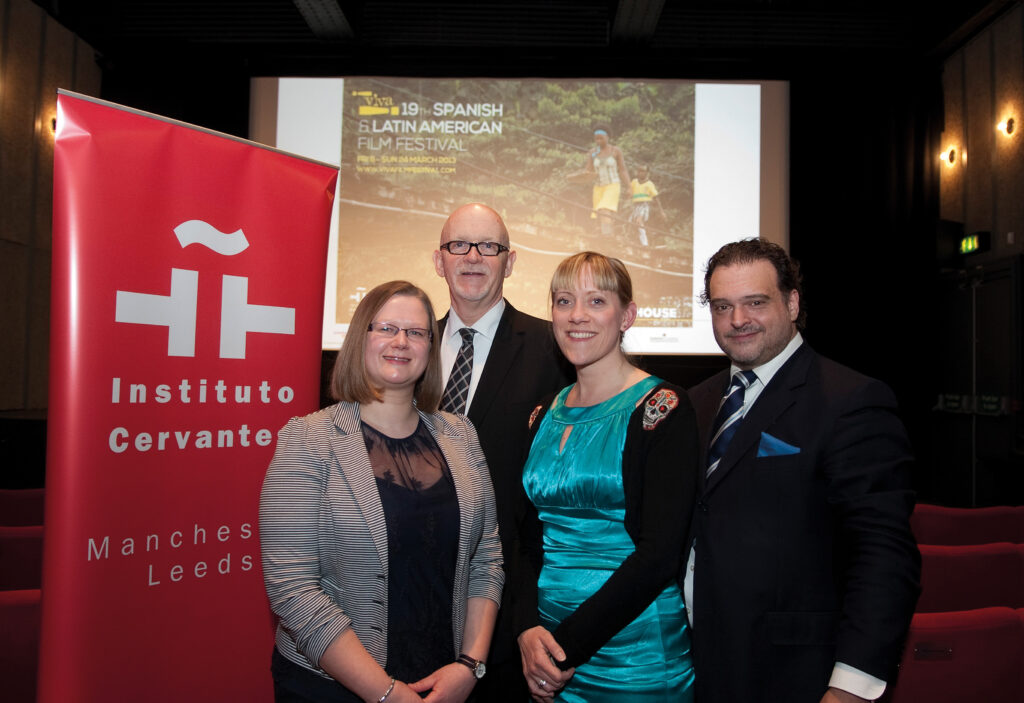
It helps that Manchester has a global reputation of its own. On a grey day, it might be difficult for Mancunians to imagine what attracts artists from sunnier climes, but the city’s creative spirit does have an allure. Hayward mentions Argentinian director Gabriel Nesci, who opened the festival’s 20th edition with his film Días de vinilo (Days of Vinyl), as an example of just one of the guests thrilled to be in close geographical proximity to Manchester’s historic music scene – and the Northern Quarter’s record shops.
Of course, ¡Viva! is first and foremost a film festival, but attendees have also enjoyed visual art exhibitions, a multitude of language-centric events, and increasingly, theatre and live performances. HOME’s additional space has allowed the festival to stretch its legs a little more, and recent editions have seen everything from Mexican punk cabaret to contemporary dance from Barcelona. This year, audiences can look forward to Rewind, a stage production about a young woman resisting authoritarianism, that combines music, movement, puppetry and projection.
So what else is on the ¡Viva! horizon? This Spring, the 30th edition runs from 5 – 25 April, with 22 brand new feature films, alongside shorts and five classics from the archive – including one from longtime ¡Viva! favourite de la Iglesia. Of those films, over half are directed by women, while 16 are set to be UK premieres. 2024 also sees the return of filmmaker Q&As featuring guests from Latin America, following a couple of years where travel was too difficult to arrange.
In the longer term, ¡Viva! is in good health. The team is proud to point out that, unusually, the attendance statistics show an even split across age demographics, indicating that young people continue to discover the festival each year. It’ll be up to that next generation to continue to support ¡Viva! both behind the scenes and by filling seats. But for now, the vibrant, globetrotting programme, and lively, engaged audiences point to ¡Viva! remaining a vital part of Manchester’s film scene, into and beyond its thirties.
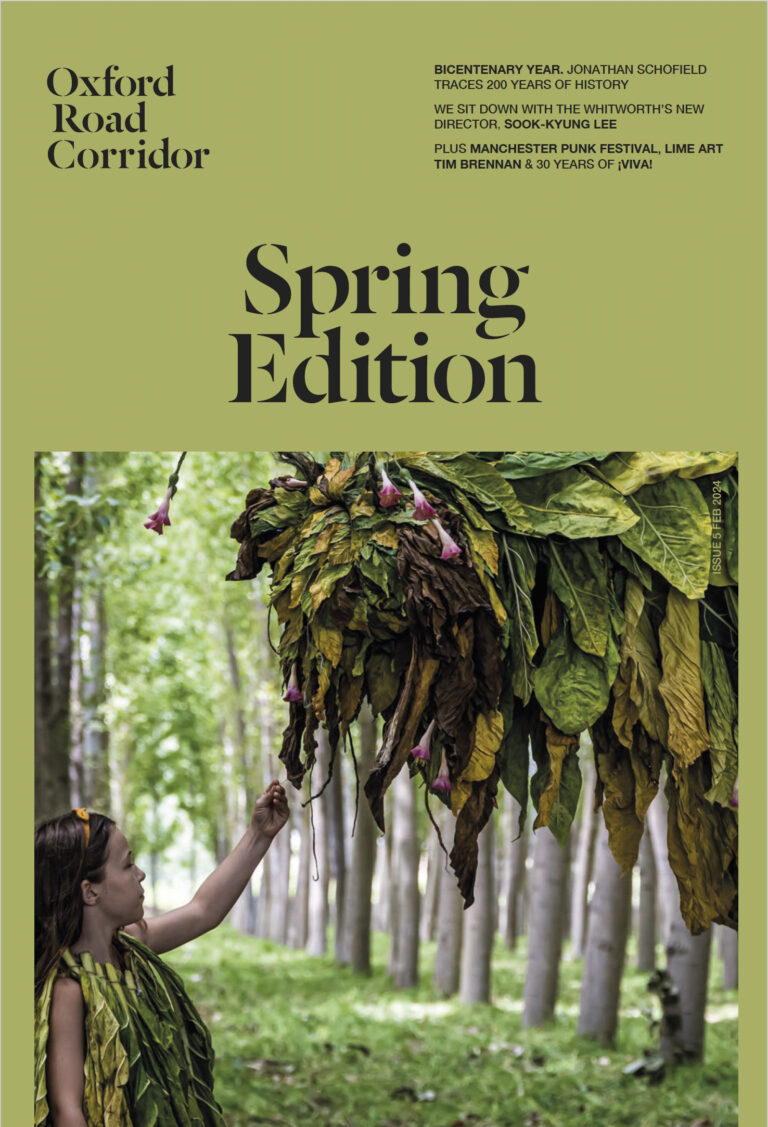

Next year, Castlefield Gallery will celebrate its 40th anniversary and is looking to its past in order to think about the present, and what the future might hold, writes Matthew Pendergast, its Curator and Deputy Director.
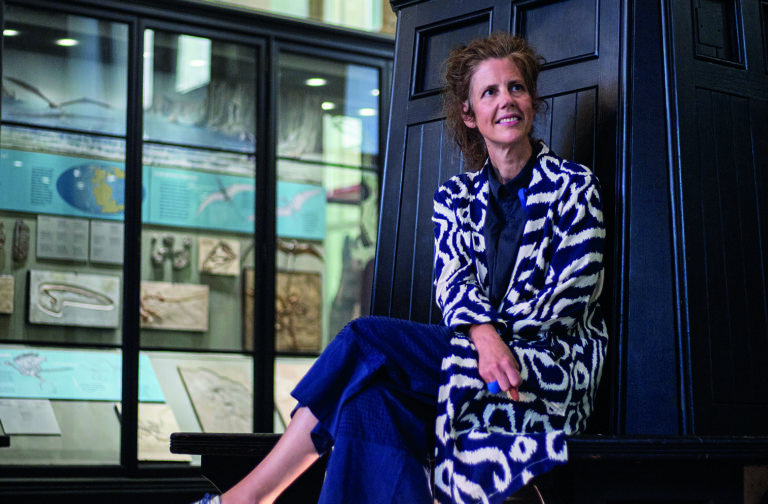
Manchester Museum reopens this February following an ambitious £15 million transformation, Esme Ward introduces us to the new era.
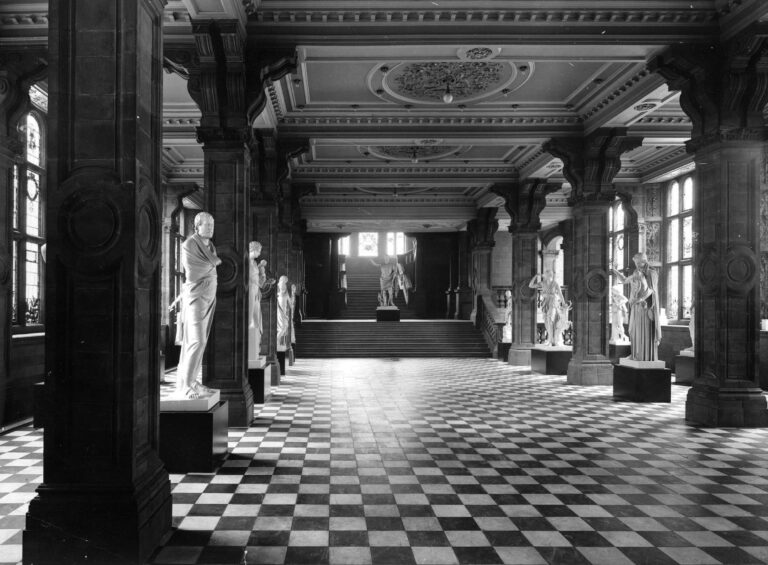
Jonathan Schofield explores the fascinating shared history of Manchester Metropolitan University and the University of Manchester.